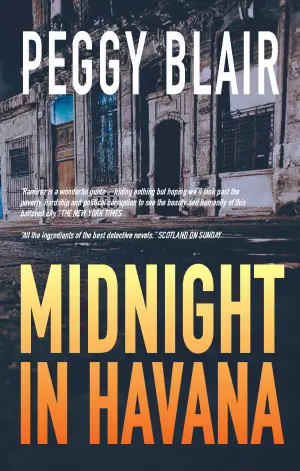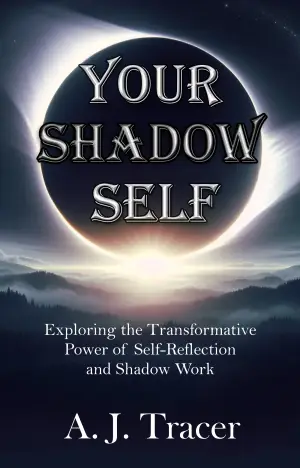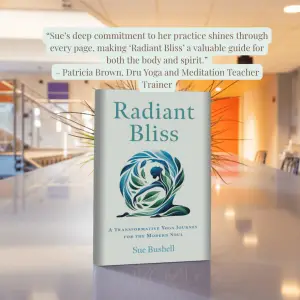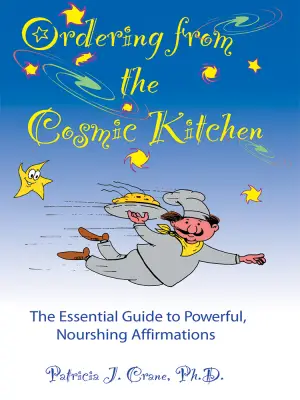Book Review: Memoirs of a Geisha by Arthur Golden
Memoirs of a Geisha has long been on my reading list. With its captivating premise and an almost mythic status in the literary world, I was excited to dive into Arthur Golden’s portrayal of Japan’s elusive geisha culture. However, after finally turning the last page, I found myself in a place I hadn’t expected—profoundly disappointed.
Set against the backdrop of pre-World War II Japan, the story follows Sayuri, a girl sold into a geisha house and her tumultuous journey through a world filled with beauty, power dynamics, and the search for love. The potential for a rich, layered narrative is indeed present, making it all the more disheartening that I found it to be lacking in depth and authenticity.
Golden’s writing style, meant to evoke the allure of Japan’s natural beauty, often felt forced and repetitive. The frequent nature metaphors quickly became cliché, and instead of enhancing the prose, they weighed it down. I couldn’t help but notice how distracting it was to read descriptions like “I felt as a dam must feel when it’s holding back an entire river” or “like a pig trying to survive in a slaughterhouse.” While metaphors are a powerful tool in crafting a narrative, here they disrupted the flow of thoughts and pacing, leaving me feeling more frustrated than enchanted.
The characters, intended to be vivid and complex, often fell flat. Sayuri oscillates between a victim and a romantic lead, yet her internal struggles felt like they were written with the skill of a very young child. As her story unfolded, rather than empathizing, I frequently found myself questioning her motivations, especially her fixation on flawed adult figures like The Chairman. The lack of realistic development made it challenging for me to form a connection with her, or with the supporting cast that included the cliché-ridden Hatsumomo and Pumpkin.
Interestingly, I did find a faint glimmer of intrigue in Mameha, Sayuri’s mentor. She appeared more nuanced and compelling than the others, providing a sense of hope amidst the otherwise predictable arcs.
Golden’s portrayal of World War II and its aftermath felt like a missed opportunity, leaning towards a superficial glossing over of significant events. This, combined with the simplistic resolution to Sayuri’s journey, left me feeling unfulfilled. When the climax came, it felt rushed, as if Golden had grown tired of the characters himself after weaving an elaborate yet hollow tale.
Despite my frustration, I can’t deny the beauty in the cultural details, particularly the vivid descriptions of the kimonos and traditional ceremonies. This rich imagery perhaps shines brightest in the film adaptation, which I later watched, and found similarly lackluster despite its visual allure.
In conclusion, Memoirs of a Geisha may appeal to readers drawn to historical fiction or beautiful imagery, but for those searching for depth and well-developed characters, this narrative might not provide what you’re hoping to find. It left me feeling indifferent rather than enlightened, sparking reflection about what makes a story truly resonant. Ultimately, this book didn’t leave a mark on me, and that, I believe, is where it fell short.










